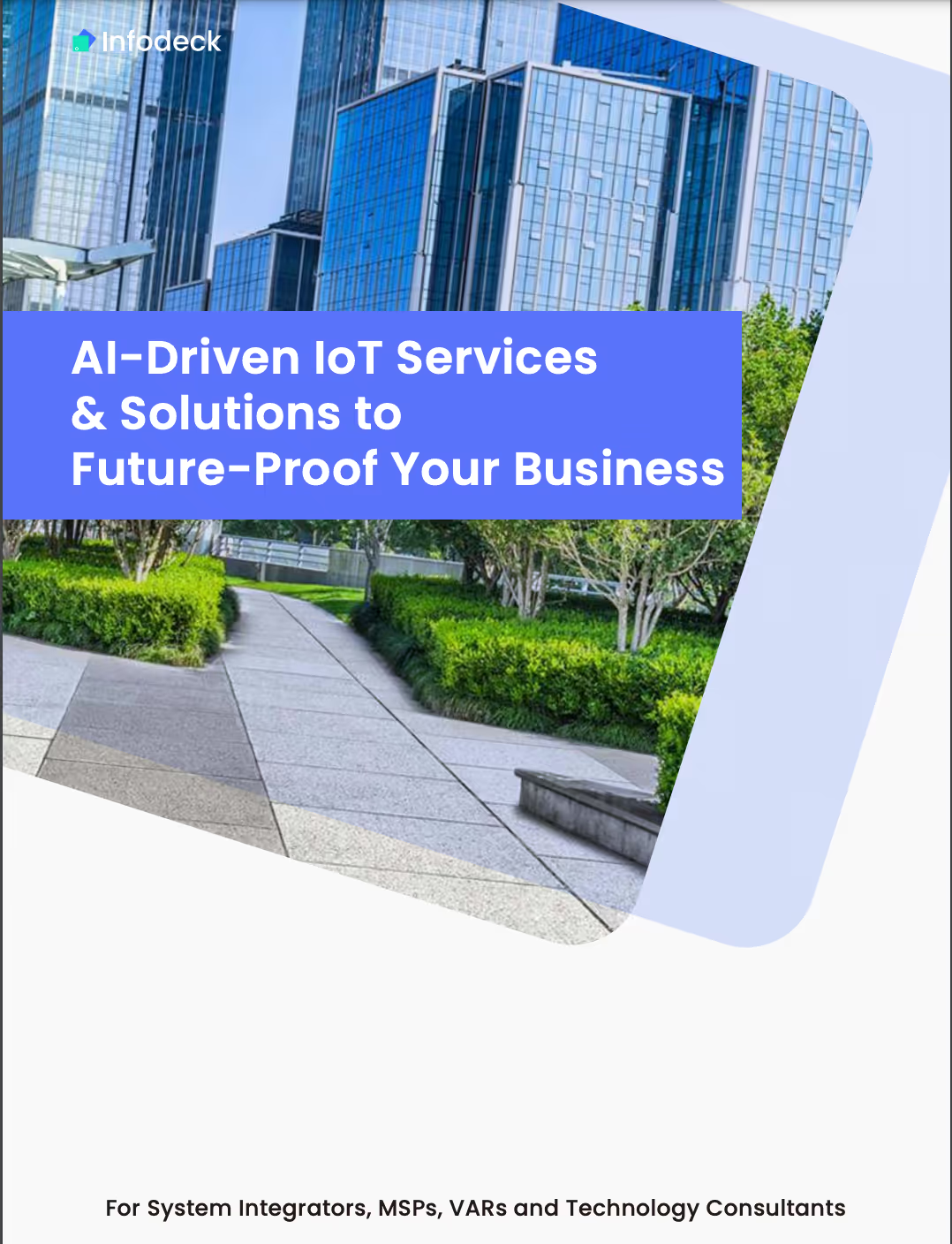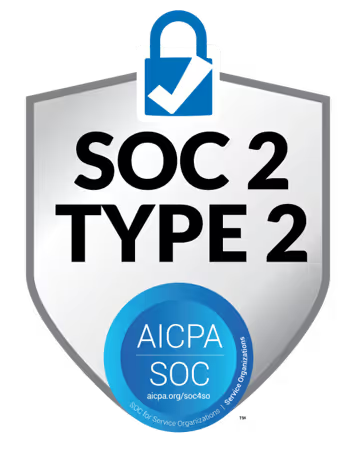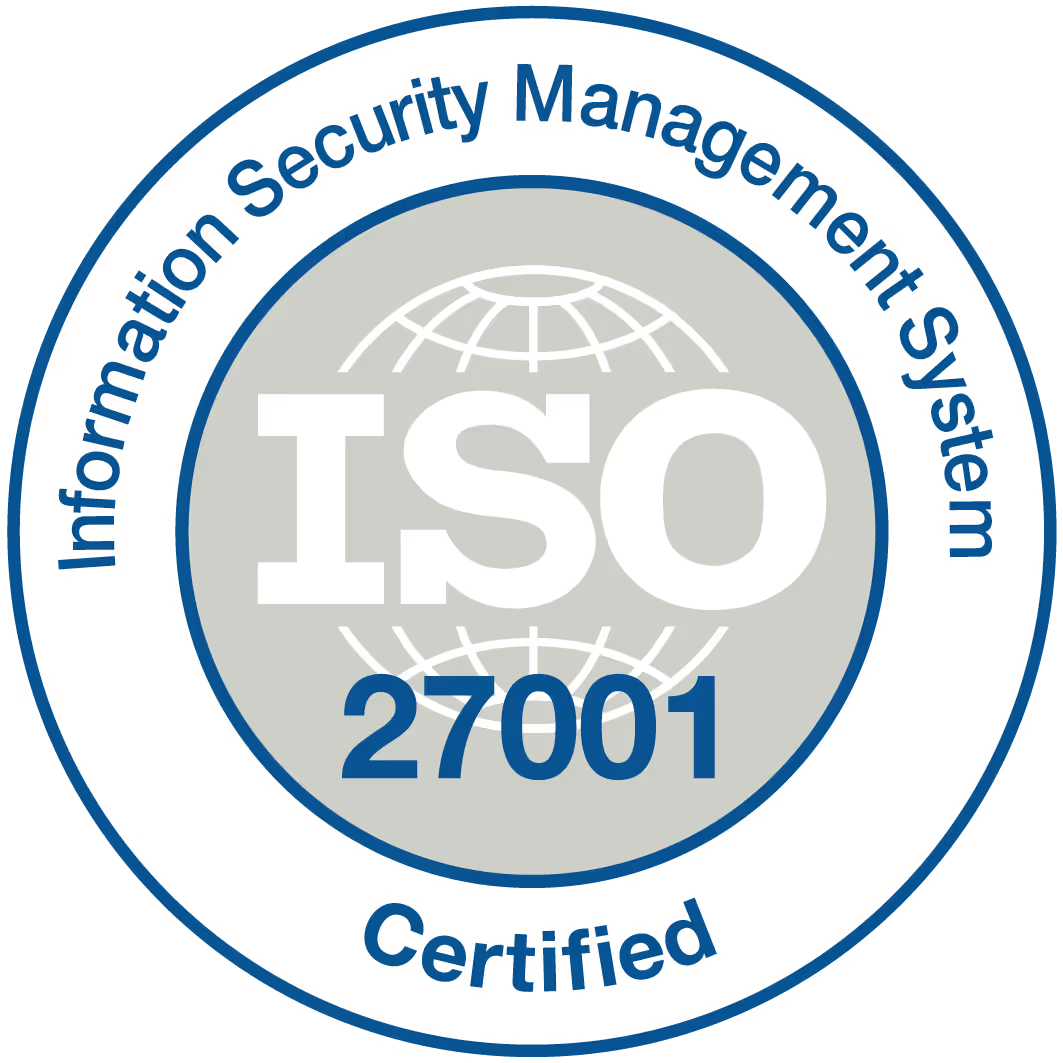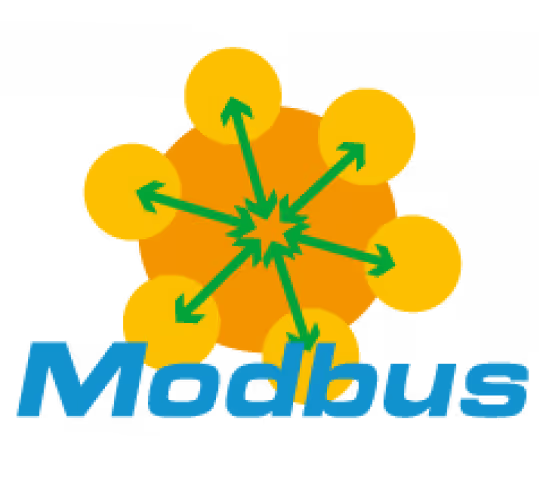Integrated asset management and work order systems for smart facilities management
Key Takeaways
- Smart equipment asset management combines cutting-edge tracking, insightful data analytics, and streamlined platforms for maximizing asset use and minimizing waste.
- Through robust maintenance strategies — predictive analytics, IoT sensors — equipment asset management extends asset lifespan and minimizes unplanned downtime, reinforcing operational resilience.
- Financial oversight and data-driven budgeting backstop compliance, transparency, and cost-effectiveness, guaranteeing sustainable investment in equipment assets.
- Solving issues like data silos, user adoption and system integration is essential if you want smooth information flow and ROI.
- Success is measured in key performance indicators, financial gains, and operational improvements to guarantee the asset management strategies are ever improving.
- Promoting a proactive culture with defined accountability, regular training, and celebration of success stories creates sustainable value and organizational excellence in asset management.
Equipment asset management refers to the systematic process of tracking, maintaining, and optimizing physical assets throughout their lifecycle within an organization.
In tech-centric workplaces, sound asset management guarantees that vital equipment–from servers and network hardware to niche IoT devices–always stays up and running, compliant and economical.
These solutions tend to mix real-time monitoring, predictive maintenance, and automated reporting to reduce downtime and maximize asset longevity.
With the accelerating pace of cloud and SaaS platforms, technical leaders are migrating to integrated systems that simplify asset visibility and enable data-driven decision making.
In equipment asset management it’s essential to understand these technologies at their core and how organizations can better align operational reliability with business objectives.
The rest of the chapters dig into best practices and real-world solutions for contemporary teams.
What is Equipment Asset Management?
Equipment asset management is a process of managing equipment assets throughout their lifecycle—from design and construction all the way through operation, maintenance and finally replacement or decommissioning. It’s a discipline that concentrates on capturing the correct data for each asset, like purchase value and salvage value, and embedding these insights within business goals.
Asset management solutions integrate several components — such as asset tracking software, tags, and analytics platforms — to empower organizations with data-driven visibility that enables cost-efficient, secure, and scalable decisions.
1. Physical Tracking
Real-time asset tracking software enables teams to locate and check the status of equipment any time, reducing lost assets and downtime. Barcode and RFID tags provide every asset with a unique digital identity, scannable by mobile devices—vital for teams working in the field or across regions.
Periodical audits must be performed to audit asset records against real-world field usage. They assist in detecting anomalies, such as equipment that is lost or underused, and enforce internal policies.
When outfitted with IoT sensors or GPS modules, organizations receive operational visibility into critical assets—be it a generator’s hours under load, or a server’s environmental status—allowing for swifter, more precise resource allocation.
2. Maintenance Strategy
Preventive maintenance scheduling is the backbone of a strong maintenance strategy, minimizing unplanned downtime and maximizing asset life. Condition monitoring technologies such as vibration analysis or thermal imaging enable continuous evaluation of equipment condition.
Scheduling maintenance based on the asset’s lifecycle is crucial. Well-defined, automated workflows, triggered by sensor data or usage thresholds, for example, facilitate prompt action and reduce process friction.
3. Lifecycle Value
Managing the entire asset lifecycle — from acquisition to retirement — ensures the highest possible return on investment. Lifecycle management follows depreciation and salvage value, enabling improved financial planning.
These analytics-driven insights inform replacement, upgrades or decommissioning decisions, balancing cost, risk and performance. Maximizing asset utilization–shifting idle machinery into high-demand processes–minimizes unneeded capital spending and increases efficiency.
4. Data Integration
Bridging data silos—maintenance records, telematics, accounting—generates a comprehensive perspective of asset well-being. Centralized dashboards allow stakeholders to access live data, facilitating operational transparency.
Open APIs provide seamless software integration for cross-platform communication. Data analytics identify patterns, such as repeated failure modes, fueling continuous improvement efforts.
5. Financial Oversight
Seriously tracking maintenance costs shows savings opportunities. Budgeting is for long-term asset needs, not just a short-term band-aid.
Financial regulations compliance transparency is essential. Cost-benefit analysis justifies new investments or upgrades.
The Strategic Business Impact
Smart equipment asset management isn’t simply about asset tracking—it’s a strategic business impact lever. Utilizing an effective equipment management software is crucial in technical organizations, where scaling globally makes asset management directly impact productivity, compliance, and the bottom line.
Optimize Lifespan
Increasing the lifespan of vital resources begins with preventative maintenance. Scheduled inspections, lubrication, and calibration staves off early breakdowns and makes certain assets provide reliable service long term. Predictive maintenance tools—particularly those powered by IoT sensors and machine learning—enable teams to predict failures ahead of time.
This decreases both unplanned downtime and costly emergency repair expenses, which consume up to 12-18% of annual maintenance budgets even in mature organizations. Analyzing equipment usage patterns—using APIs to pull real-time telemetry—allows you to identify underutilized or overworked assets and gives you actionable insights to performance tune.
Training maintenance crews on best practices, with explicit SOPs and hands-on workshops, guarantees that even legacy equipment gets the TLC needed to make it to its full service life.
Enhance Accountability
Well-defined role allocation is key. Clearly delineated RACI matrix for asset management tasks leaves no uncertainty of ownership. Asset management dashboards—combined with open-source-embracing solutions—provide leaders and engineers instant insight into asset locations, status, and maintenance history.
Individual and team contributions can then be measured and reported, fueling a culture of accountability. When cross-functional teams trade insights on asset problems and solutions, process improvements are continuous, not reactive.
Improve Budgeting
- Identify all asset classes and their costs (acquire, operate, maintain, dispose).
- Allocate budget for routine and unplanned maintenance.
- Integrate historical data and usage trends.
- Forecast future capital and operational expenditures.
Basing your budget on past performance and costs results in a more accurate budget, one with fewer surprises. Proactive alerts on cost overruns or unusual maintenance activity help manage spend.
These reviews allow budgets to reflect actual asset performance and changing operational priorities.
Ensure Compliance
Laws are constantly evolving, keeping up to date is key. Compliance tracking tools—either APIs or SaaS modules—centralize and audit logs and maintenance. Periodic inspections and institutionalized audits confirm compliance, and focused training makes sure crews know legal and safety requirements.
As compliance becomes second nature, risk of fines and accidents drop.
The Digital Evolution
Digital Transformation in Equipment Asset Management is crucial for integrating IoT, AI, and cloud computing, allowing for real-time monitoring and predictive analytics. Companies are now adopting comprehensive equipment maintenance software that enhances asset management processes and scales effectively. As technology evolves, the focus shifts to solutions that combine equipment management software with centralized control and inventory audits in a single, cloud-based system.
IoT Sensors
IoT sensors now ensure equipment monitoring. They incessantly gather live data on temperature, vibration, and status, serving it straight to core control systems. This visibility takes teams one step closer to proactive maintenance.
With properly positioned sensors, maintenance can be scheduled based on real usage and performance. It minimizes dramatic equipment failures, it’s cost-efficient, and it extends asset life. Integration with open-source platforms like ThingsBoard or API-driven solutions provides flexibility and great community support, while the dinosaurs are still out there!
Predictive Analytics
Using past and real-time sensor data, predictive analytics platforms forecast when maintenance will be necessary. This allows enterprises to avoid expensive downtime and make better use of resources.
Teams could review previous maintenance history and operational patterns to optimize strategies. By promoting a culture of data, organizations enable engineers to act on reality, not guesswork. AI-powered tools surface trends that would be impossible to spot manually, enabling smarter scheduling and risk mitigation.
Regular use of predictive maintenance mitigates operational risks and prioritizes workloads. The outcome is more uptime and less total cost of ownership.
Centralized Platforms
Centralized asset management software aggregates all asset data into a unified interface. Stakeholders from IT, operations, and finance get unified visibility, improving collaboration and reducing silos.
Integrated workflows on these platforms simplify tracking asset health, assigning tasks, and sharing updates. Frequent software updates optimize for accuracy and relevance, particularly as infrastructures scale. Security first, strong access controls, and audit trails are standard on enterprise deployments.
Automated Workflows
Automated workflows optimize the recurring tasks of scheduling, notification, and reporting. These minimize manual entry mistakes and open up time to focus on more valuable pursuits.
Automation tools unify team communication and keep assignments always current. Workflow analytics provide insights for continuous optimization. Ongoing monitoring helps identify bottlenecks.
Common Implementation Hurdles
Asset management systems promise efficiency, yet numerous technical and organizational hurdles continue to impede outcomes in equipment management. A lot of teams struggle with maintaining clean asset data, particularly as assets shift locations or teams — resulting in lost equipment, missed maintenance activities, or even theft. Effective facility asset management requires bridging gaps between teams, workflows, and tools.
Data Silos
Data trapped in silos erodes the fidelity and availability of asset information. When asset inventories are maintained in multiple systems, finding equipment or confirming maintenance status involves a manual cross-check — wasting time and increasing the chance of error, particularly with valuable assets such as heavy equipment.
Open-source, API-friendly solutions can reduce silos by making it easy to integrate with other tools. With a single source of truth data platform, organizations can unify asset records and automatically propagate updates between teams. Keeping data management in line with business goals—uptime, safety, costs—needs continuous review and cross-pollination between IT, ops, and finance.
A savvy integration layer, powered by solid community-based frameworks, goes a long way in guaranteeing asset data is up-to-date and usable.
User Adoption
- Customize training by user role to solve their day-to-day needs.
- Implement context-aware help and tooltips in the platform.
- Offer responsive support channels for rapid troubleshooting.
- Gather user feedback regularly to guide product improvements.
Mandates don’t make staff tick. Explaining how an effective asset management solution, such as robust equipment maintenance software, decreases manual logs, prevents loss, and improves daily workflow can be highly engaging. When interfaces are easy and developer DX focused, asset records remain current.
System Integration
Complex tech stacks make integration a sticking point. Making legacy asset databases, inventory apps, and maintenance schedulers compatible is nontrivial. Establishing standardized APIs and webhooks for sharing real-time events makes asset transfers and audit trails more efficient and eliminates handoff failures.
Integration performance should be reviewed regularly. Bottlenecks—such as late syncs or API failures—jeopardize asset visibility and hamper velocity. Working with IT early guarantees a technology roadmap that aligns with long-term asset management ambitions, facilitates automation, and scales as asset portfolios expand.
Unclear ROI
ROI can get lost without transparent metrics. Monitor KPIs such as asset utilization, downtime avoidance, and theft prevention. Communicate ROI back to stakeholders to help convince them to invest in modern asset management systems.
Continuous audits and case studies—like decreasing asset loss by 30% with RFID and real-time dashboards—show real value.
Measuring Your Success
Measuring the effectiveness of equipment asset management is about more than machine uptime or cost tracking. It’s success that hinges on a repeatable framework, reliable metrics, and a culture of constant refinement. Clarity and data-driven decision-making, particularly when it comes to asset management results aligned with business objectives and developer experience.
Long-term value comes from standardization, waste elimination, and stakeholder communication.
Key Metrics
Start with a KPI checklist: asset uptime, mean time between failures (MTBF), maintenance cost per asset, work order completion rate, and percentage of planned versus unplanned maintenance. Each KPI should trace back to company priorities — be it dependability, expense management, or sustainability. Implementing an effective equipment asset management system can help achieve these goals.
Put asset management dashboards—open-source such as Grafana or API-first CMMS platforms—in place so teams can visualize trends and drill into root causes. Benchmark these against the industry, not just internal baselines. If you aim for 95% uptime and you’re at 92%, the difference is actionable, particularly when utilizing robust equipment maintenance software.
Routine metric analysis is a must. Leverage discoveries to tune preventive maintenance schedules, automate reporting, or refactor asset hierarchies within your equipment management software. This loop of iterations fuels operational resilience and keeps everyone aligned to a single source of truth.
Reducing maintenance spend and maximizing asset use both float to the bottom line. Proactive maintenance is the lever - catching failures early cuts unplanned downtime, which translates to less production lost and less overtime paid.
Detailed financial reports—pulled from CMMS or embedded BI platforms—aid stakeholders view the ROI of asset management. This transparency keeps leadership engaged in long-term optimization.
Operational Wins
Simplified asset management means less firefighting, more predictable workloads, and fewer “bad actor” assets wreaking havoc. Productivity soars when maintenance is planned, not reactive.
Success stories are crucial. As an example, an ops team that cut emergency work orders by 60% after normalizing preventive maintenance can inspire others to emulate the best practices.
Celebrate these tactical victories. Recognition, formal or informal, fuels team buy-in and reinforces a culture of continuous improvement.
Stakeholder Engagement
Share performance insights regularly to optimize equipment utilization. Highlight cost savings and operational wins through effective facility asset management.
Fostering a Proactive Culture
To be proactive in equipment management is to shift from firefighting mode where problems are detected and fixed after the fact, to one where prevention and continuous improvement are the default mindset. It’s not solely a maintenance department responsibility—all the way from field technicians to CTOs must buy in. Preventive maintenance becomes the bedrock of an effective equipment asset management program.
Rather than waiting for assets to break, teams establish data-enabled schedules, utilizing sensor information or historical performance records to predict issues. As an example, a SaaS platform leveraging open source monitoring could push real-time alerts to maintenance teams via API, so anomalies get flagged before downtime. This reduces surprise outages and controls asset spend, which is important because equipment can represent 20–40% of O&M budgets in many organizations.
Collaboration is key. Technical teams require transparent communication avenues—imagine shared dashboards, Slack integrations, or API-connected platforms—allowing field engineers and developers to exchange insights. When a developer observes a common error pattern in log data, that feedback should directly influence the maintenance management schedule.
Regular cross-team reviews, with contributors from operations, IT, and finance, transform best practices into operating procedures. This tears down silos and makes lessons learned actually learned, not consigned to the graveyard of a ticketing system.
Ongoing training is a must. Tech stack changes, APIs, compliance rules. Teams require continuing education—bite-sized modules, live walk-throughs, or even labs with source tools for asset management. When staff understand how to leverage new features or automate routine tasks, they’re empowered to maximize day-to-day activities.
For instance, training on automating inspection logs with Python scripts or building custom Grafana dashboards for real-time equipment KPIs means staff can identify potential issues quicker and intervene before they spiral.
Acknowledging initiative counts. If a team member publishes a new predictive maintenance workflow or publishes a reusable API integration that saves hours every month, it should be applauded. It’s not just morale—it’s bolstering the behaviors that support operational brilliance.
Public recognition, peer-nominated prizes, or even posting a common wiki of successful efforts assist in fostering a culture of initiative and commitment to effective asset management initiatives.
Conclusion
In short, asset management of equipment is about more than just tracking machines. It’s a method that ties together operational data, digital tools, and team workflows. Thanks to the emergence of cloud platforms and IoT, companies increasingly have the visibility and control over their assets. There are still challenges, especially with legacy data and change management, but the long-term benefits are obvious—reduced downtime, cost optimized and compliance. It’s the most valuable for teams that focus on measurable KPIs and promote a culture of continuous improvement. In a market where efficiency is competitive, modern asset management provides organizations the transparency and intelligence required to achieve predictable performance and flexibility as needs change.
Frequently Asked Questions
What is equipment asset management?
Equipment asset management involves tracking, maintaining, and optimizing physical assets using effective equipment management software. This process helps companies prolong asset life, minimize expenses, and ensure safety.
Why is equipment asset management important for businesses?
It enhances asset performance through effective facility asset management, minimizes downtime, and decreases maintenance expenses by utilizing robust equipment maintenance software.
How does digital technology improve equipment asset management?
Digital automates asset tracking and maintenance management, offering real-time data that enhances asset dependability and optimizes equipment utilization, resulting in fewer mistakes and quicker reaction times.
What are common challenges when implementing equipment asset management?
Pain points such as no training, change resistance, small budget, and interfacing new systems with existing equipment management software processes.
How can businesses measure the success of their equipment asset management?
Key metrics include reduced downtime, lower maintenance costs, and improved asset lifespan through effective equipment management software.
What is a proactive culture in equipment asset management?
A reactive culture promotes firefighting and temporary fixes, undermining effective equipment maintenance and increasing unexpected breakdowns.
Can equipment asset management help with regulatory compliance?
Yep, it ensures records are up to date, inspections are scheduled, and standards are met, aiding businesses in effective facility asset management and avoiding compliance headaches.

.png)




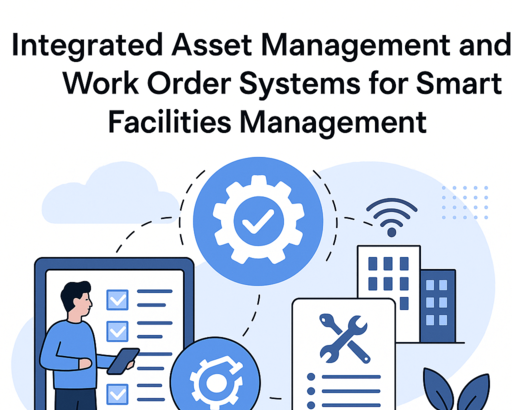
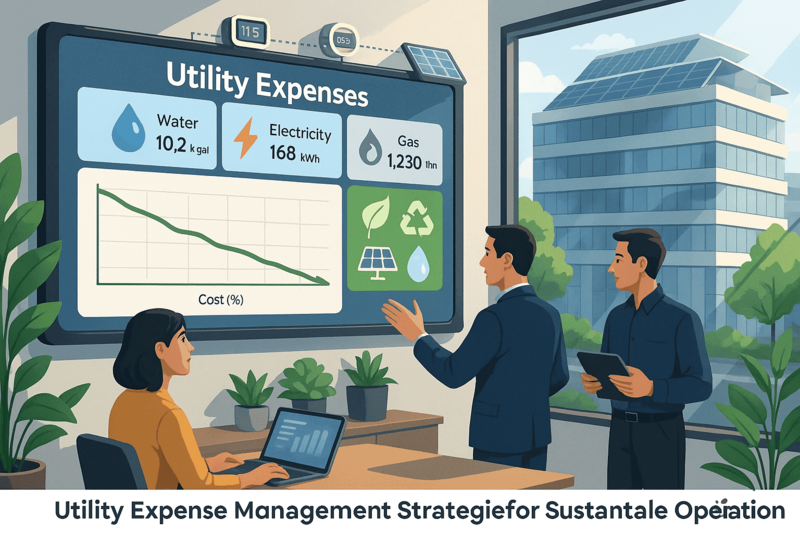



.png)




.png)
















.jpeg)








